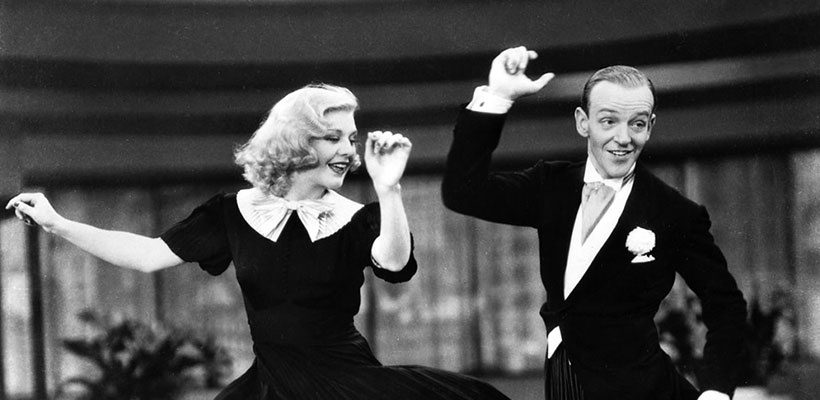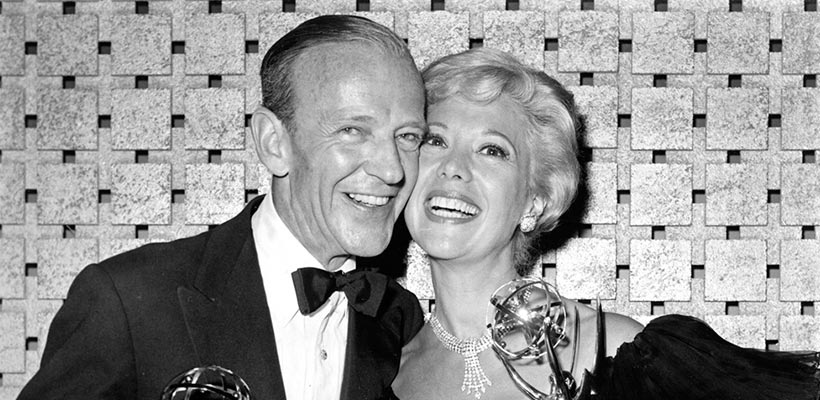A Benchmark For Superior Dancing Technique
Fred Astaire’s quest to create beautiful dances using his unique artistry and flawless technical styling paired him with some of the loveliest and talented co-stars of his era including female greats Ginger Rogers, Cyd Charisse, Judy Garland and Rita Hayworth and male stars Bing Crosby, Gene Kelly and Clark Gable.
On top of his great dancing abilities, Fred also was a composer and singer and first sang many classic #1 hits such as “Puttin′ On The Ritz”, “Night and Day”, “Top Hat, White Tie and Tails” and “Shall We Dance”.
Fred′s incredible mark on the history of dance, cinema, stage, television and music remains his true legacy.
Fred Astaire is a true icon whose movie career continues to inspire tremendous popularity among people of all ages.
Born on May 10, 1899, in Omaha, Nebraska, Astaire started his dance career as a young child.
With his older sister Adele, he tored the vaudeville circuit, finally making it to Broadway in 1917. Despite his success on-stage, Astaire struggled breaking into film. Notably, one studio executive wrote, “Can’t sing. Can’t act. Slightly balding. Can dance a little.”

Eventually, after moving to Hollywood to try and break into film once more, he landed a small role in the 1933 film Dancing Lady with Joan Crawford. This is the role that brought many new opportunities Astaire’s way – soon after he signed a contract with RKO Radio Pictures. Around this time was a change that would be career-changing for Astaire, he was cast with another Broadway talent, Ginger Rogers, in Flying Down to Rio (1933). The duo quickly hit it off and soon became film’s most celebrated dance team, incorporating many different styles of dance into their performances, including tap, ballroom, and ballet.
As of 1939, however, Rogers and Astaire went their separate ways, and Astaire moved on to perform with leading ladies like Rita Hayworth, Cyd Charisse, Judy Garland, and Audrey Hepburn. Eventually, Astaire began to appear more in television, often as himself for special tribute shows. Additionally, he worked dramatic parts, like in Dr. Kildare.

Throughout his career, Astaire was nominated for an Academy Award for his work in The Towering Inferno (1974), he won an Emmy for A Family Upside Down (1978), and among others, he received a Lifetime Achievement Award from the American Film Institute in 1981. After his passing on June 22, 1987, Hollywood moruned the man who was known as “an American legend”, and “the ultimate dancer”.
